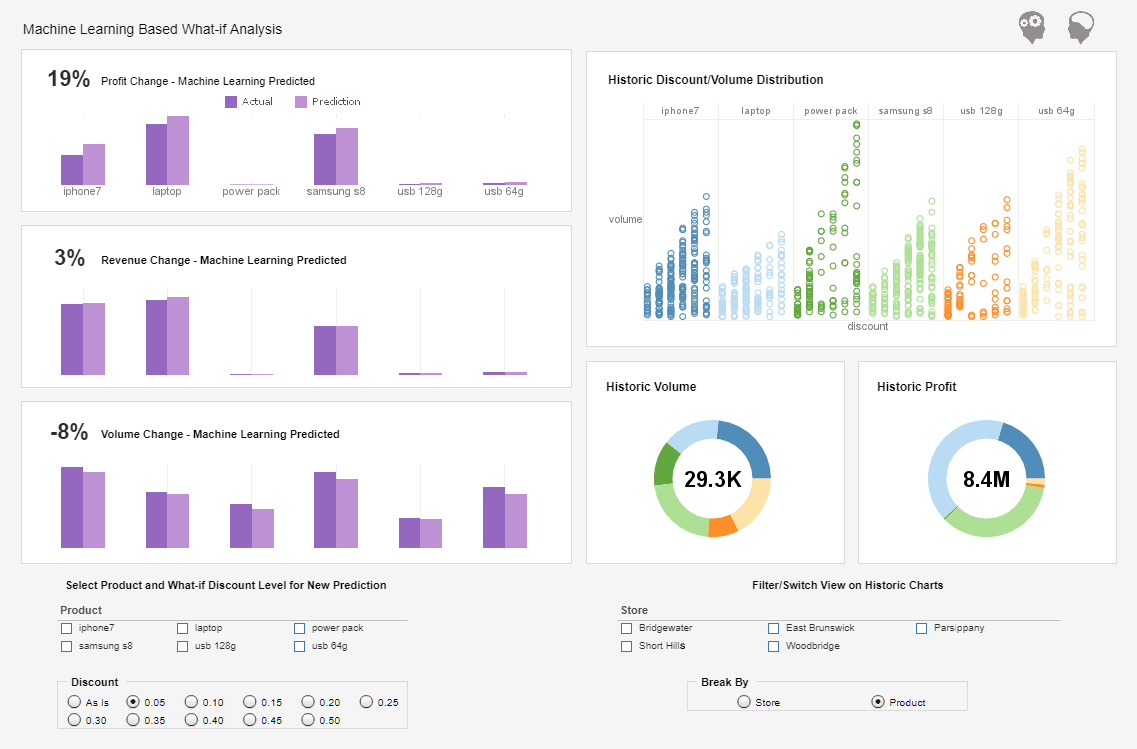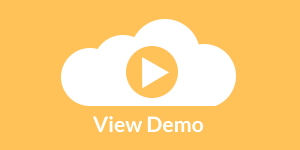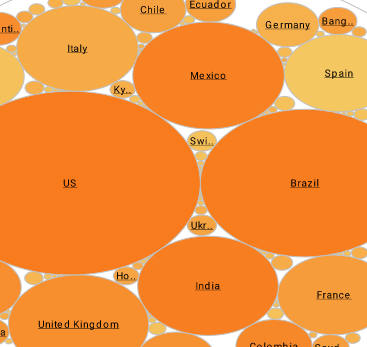The Practicality of Big Data
This is a continuation of a transcipt of a Webinar hosted by InetSoft. The speaker is Mark Flaherty, CMO at InetSoft.
Mark Flaherty: To give you a great example, look at Boeing jet engines, as they put off an awful lot of information when they are running; their sensor information actually outputs 10 terabytes and 30 minute the engines they are running.
And during that time if you were to take four of those engines and put it on a jet and fly it over the Atlantic, these four engines would put 640 terabytes of information into play. When you think about how many airplanes are flying to London this morning, you get to thinking that Big Data is not as a stringent idea as it may have originally sounded.
Social data is another great source of Big Data. Take behavioral data - this is what people might be doing online or in different environments where we are monitoring their behavior. Then there is social graph information, which is the kind of “who they know” scenario and we see this when people look at our Facebook profiles or our LinkedIn profile I know Eric and how he feels and Eric knows me and that’s part of my social graph.
| #1 Ranking: Read how InetSoft was rated #1 for user adoption in G2's user survey-based index | Read More |
Analyze Social Media Interaction Graphs
We analyze these social graphs and bring the data into enterprise for analysis of our customers and for customer retention and customer service issues. Perhaps one of the biggest and most important social data sources is sentiment data. This is what people think about us or think about our products or restaurants or our food chains or what have you. And this information can be quite abundant as well.
Take Twitter for instance: this micro-blogging site presently has over a 150 million users that are active on the system. They send 90 million tweets per day which is something like 800 of them per-second. And overall the ecosystem at Twitter produces 8 terabytes of information every single day based on all the interactivity from the community that utilizes the system.
In comparison, just to give you a little bit of sense of the data differences, while Twitter is putting off eight terabytes of information a day, the New York Stock Exchange is just putting out one terabyte a day. So while we used to think the stock exchange or financial markets may have been one of the biggest Big Data sources, social data certainly can eclipse that rather quickly. Of course, there is transaction data as well, purchase data, web blogs and all that type of information. And these are just some of the key sources.
What Are Some Interesting Charts You Can Make Based on Social Media Usage Data?
Social media usage data provides a wealth of information that can be visualized in various interesting and informative charts. These charts can help analyze trends, user behavior, engagement metrics, and content performance across different social media platforms. Here are some examples of interesting charts that can be created based on social media usage data:
- Trend Analysis:
- Line chart showing the trend in the number of active users or engagement levels over time.
- Area chart illustrating the distribution of social media activity by day of the week or hour of the day to identify peak usage times.
- Bar chart comparing the growth rates of different social media platforms or the adoption of new features over time.
- Demographic Insights:
- Pie chart depicting the demographic breakdown of social media users by age group, gender, location, or income level.
- Stacked bar chart showing the distribution of user demographics across different social media platforms.
- Engagement Metrics:
- Scatter plot correlating the frequency of posts or content sharing with the level of user engagement (likes, comments, shares).
- Heatmap visualizing the engagement levels of social media posts based on time of day and day of the week.
- Content Analysis:
- Word cloud highlighting the most frequently used keywords or hashtags in social media posts.
- Sankey diagram illustrating the flow of traffic between different types of content (e.g., links, images, videos) shared on social media.
- Influencer Analysis:
- Network graph mapping the relationships between influencers and their followers, highlighting key influencers and their reach.
- Bubble chart comparing the engagement rates and follower counts of different influencers.
- Sentiment Analysis:
- Sentiment analysis chart showing the distribution of positive, negative, and neutral sentiments in social media conversations.
- Time series chart tracking changes in sentiment over time in response to specific events or campaigns.
- Geospatial Visualization:
- Choropleth map displaying the geographic distribution of social media mentions or user activity.
- Geo-tagged scatter plot showing the location of users who interacted with a particular social media post or event.
- Competitor Benchmarking:
- Radar chart comparing key performance metrics (e.g., engagement rate, follower growth) across competitors' social media profiles.
- Box plot visualizing the distribution of engagement metrics for posts published by different competitors.
- Customer Journey Mapping:
- Funnel chart depicting the stages of the customer journey on social media, from brand awareness to conversion.
- Flowchart illustrating the typical user pathways and interactions with social media content, from discovery to engagement.
- Cross-Channel Analysis:
- Venn diagram comparing the overlap of audiences or engagement metrics across different social media platforms.
- Cohort analysis chart tracking the retention and engagement rates of users acquired from different social media channels over time.
Strategies for Leveraging Big Data
So let me talk a little bit more about how things that are necessary for you to have; components that you might want to consider in your Big Data strategies so that you can leverage and get value from Big Data itself. And so some of this is technology driven, some of it is sort of best practice driven. The first one is self-service BI. I think that if you truly want to get interesting information from Big Data, you need to be dealing with systems that enable your users to do some self-service Business Intelligence.
The older model of BI that we have of production reporting and pre-made dashboards, those things have certain value within the enterprise. But I think there is an awful lot of value, especially around Big Data, when you can hand self-service BI tools to a user and bridge that gap between them and IT. You allow them to move more quickly and faster without being impeded in anyway, and you leverage a UI within that system that is simple and powerful for them to use.
The important part here is that if you can put a tool in your users’ hands you are getting a greater level of adoption. They will go out and self-serve and have these sorts of “Aha!” moments without putting additional stressors on IT. And of course there is a certain level of support that’s required here. But in the end if you can put an application in their hands that allows the business users to get more interactive with the information and be able to tap into Big Data, on their own, by leveraging their systems, I think you are certainly taking advantage of some of the power and some of that faster path knowledge that you are going to get when utilizing Big Data in your environment.
| Previous: Technologies and Methodologies of Big Data |



